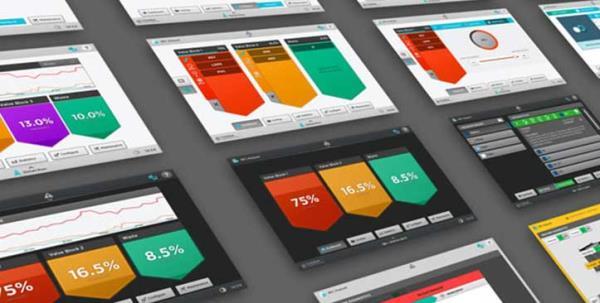Global food waste should be reduced by digitalization of the supply chain
VV
1.6 billion tons of food is lost or wasted yearly, leading to a total value of $1.2 trillion being wiped of the supply chain, as stated in reports. According to TOMRA Food to combat this ever-growing trend, the industry needs paying attention to innovation and digitalization.
The amount of food waste produced can be reduced through having better levels of communication across the supply chain. The Internet of Things (IoT) can support and improve efficiencies in the supply chain. By allowing access to key data shared across integrated systems for all stakeholders within the supply chain, processes can be further optimized along the chain to maximize how the product is handled. For example, a bad batch of apples with a high percentage of internal browning will require a specific setup of equipment and need to be carefully calibrated to ensure that the maximum value can be extracted from the apples. It is estimated that providing this connection could save up to $60bn in waste to the supply chain.
Not only can farmers optimize their yields by reducing the risk of waste, but other stakeholders can also plan accordingly to try and prevent the cause of waste by having this pre-warning of any information about a batch of product. In addition, ability to share data through IoT will help to reduce waste from a consumer perspective. Retailers could use the real-time data to display when the produce was harvested and provide insights into the "sell by date". This can further educate consumers about how long they have to eat the produce, helping to reduce food waste.
In many emerging markets poor conditions for food storage and transport early in the supply chain lead to food waste. Investing in efficient sorting and grading systems is a crucial solution to helping the supply chain minimize this type of food waste - this could reduce the problem by $150 billion annually
KPIs need to be based on understanding the types of defect and classes / grades per lot to help create a complete product map and overview. The final step is to layer artificial intelligence in order to recognize previously unseen patters and even more effective working methods.
Although these KPIs do not tend to be designed to help limit the quantity of waste, the use of sorting and grading technology can automatically support a waste sensitive environment by recovering and reusing any product for another purpose. More appropriate use should be found, rather than produce being wasted. Lower quality fruits can be used for juices or pulped into products like guacamole. All of these help us to reduce waste and make better use of the lower quality produce.
Digitalization will not only benefit sustainability, but will also help companies boost their own productivity by enhancing processes and efficiencies. It becomes the solution to the commercial advantage push-pull paradox and the battle against global food waste.
TOMRA Food is committed to creating sensor-based sorting and grading systems that will help the supply chain fight the food waste war. Through company’s systems, they aim to help food businesses optimize yields and ensure that any items can be recovered and reused, increase productivity with high-capacity sorting and consistently provide high-quality food safety.
TOMRA Insight is the next step to connect sorting and grading systems, extracting valuable information about the sorting performance and the products and making them transparent to food business.
For more information visit https://www.tomra.com/en/sorting/food





